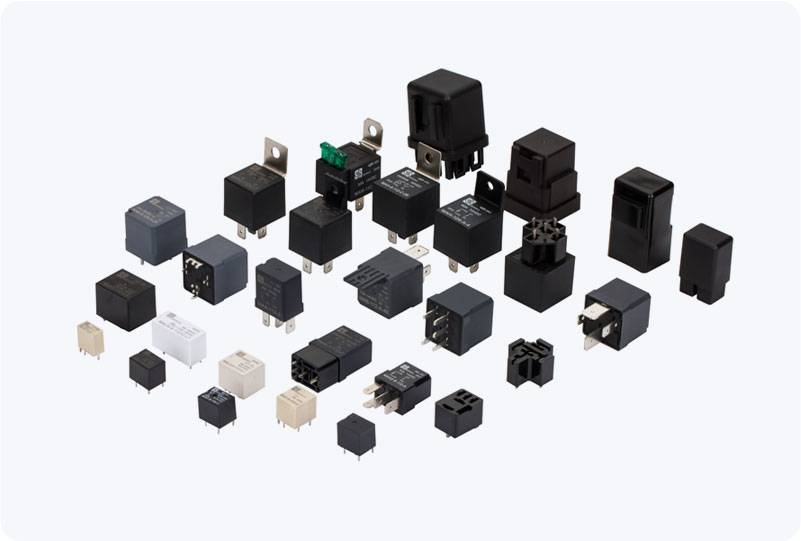Electric vehicles (EVs) have revolutionized the automotive industry, offering an eco-friendly alternative to traditional gasoline-powered cars. As the demand for EVs grows, the importance of understanding the components that make up these vehicles becomes even more critical. One such vital component is the EV Main Contactor Relay. This component plays an essential role in ensuring that power flows efficiently between the electric battery and the motor, safeguarding the vehicle’s performance and safety. In this article, we will delve into the function, importance, and working mechanism of the EV Main Contactor Relay, along with its design considerations.

What is an EV Main Contactor Relay? At its core, the EV Main Contactor Relay is an electrical switch that controls the flow of electricity between the EV’s battery pack and its electric motor. This relay is a crucial part of the vehicle’s power management system, ensuring the safe and efficient transfer of energy. It opens and closes circuits to either allow or interrupt the current as needed. During charging and operation, the relay manages the high-voltage electrical circuits, preventing damage from excessive currents or short circuits. Function and Importance of EV Main Contactor Relay